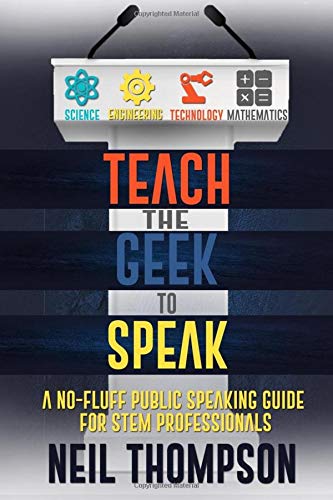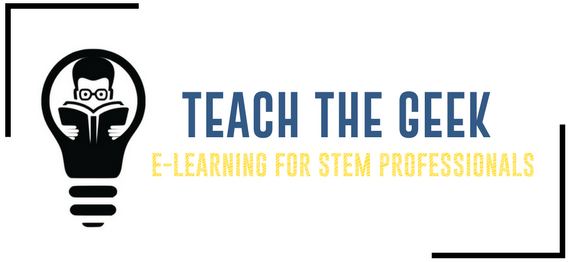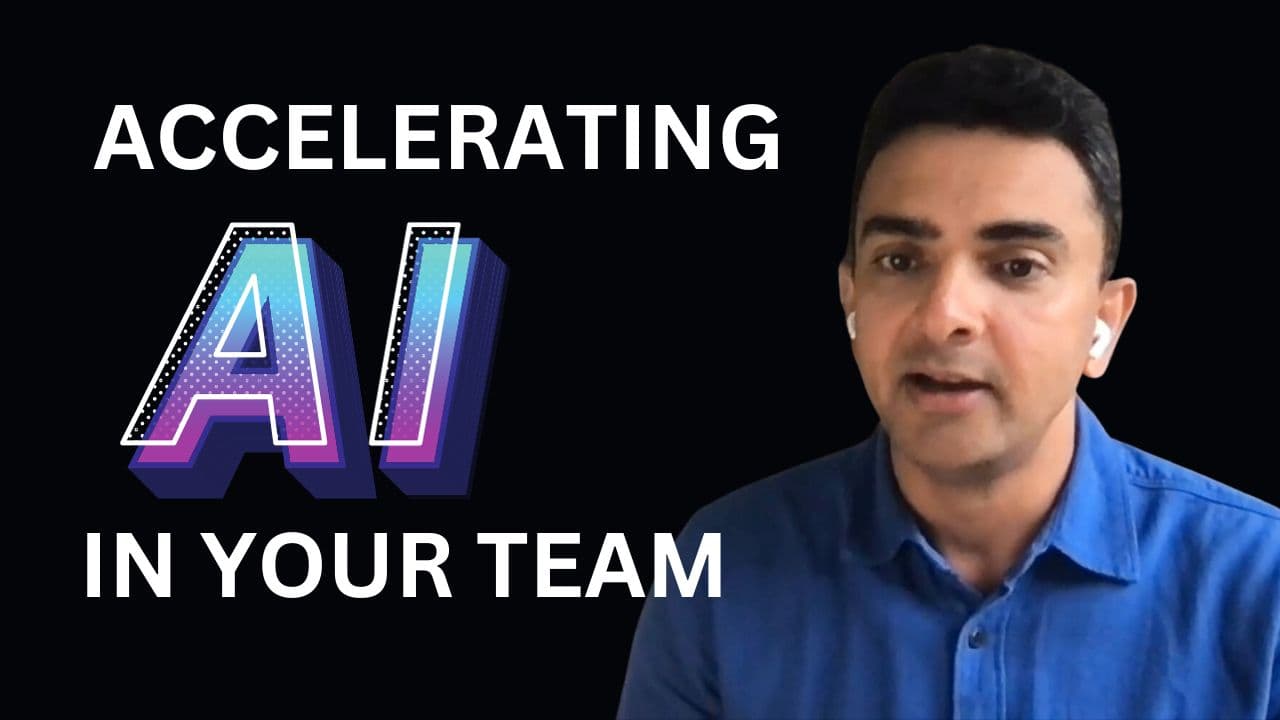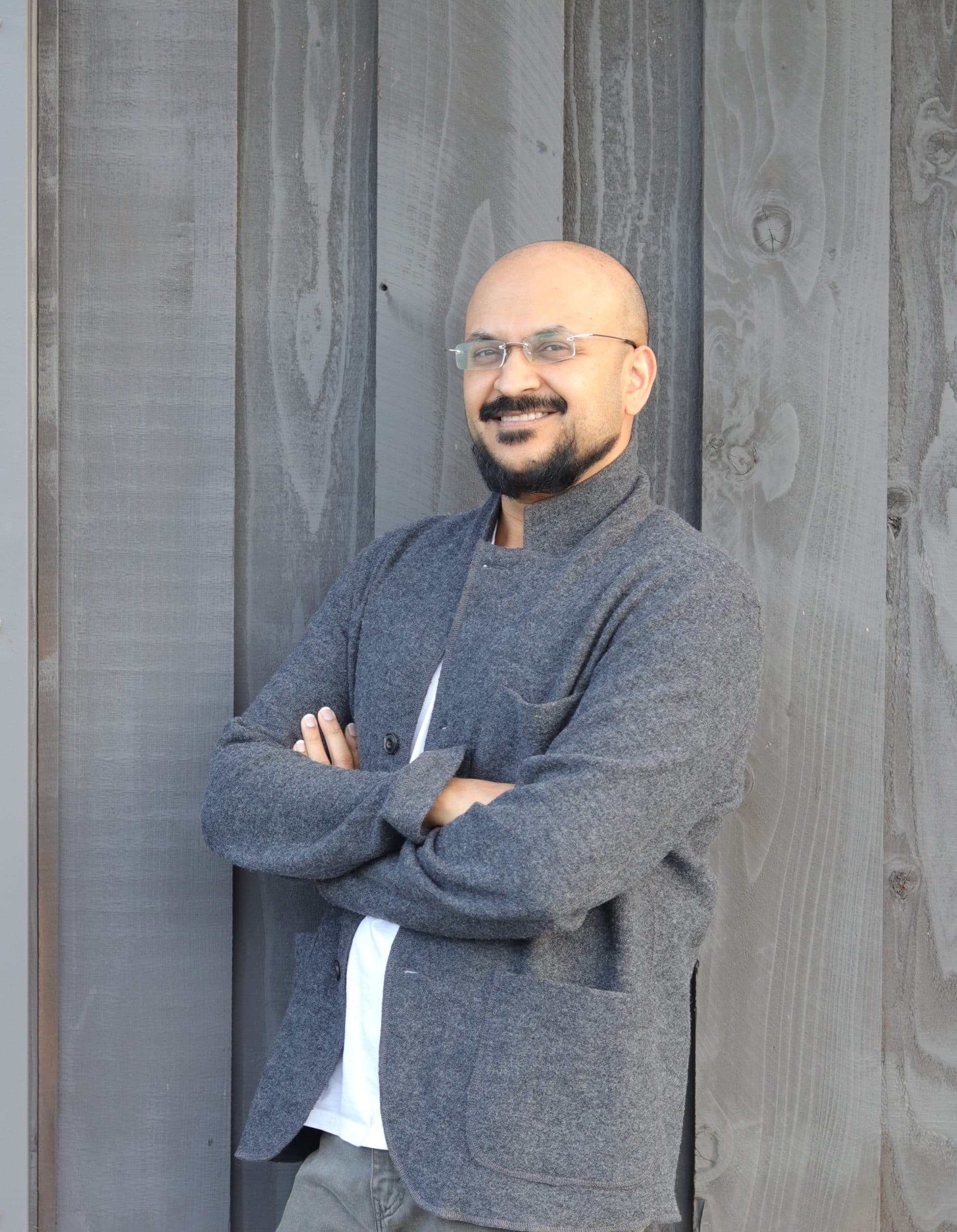Improve Your Presentations with Neil Thompson from Teach the Geek to Speak
Published on May 21, 2022
19 min read
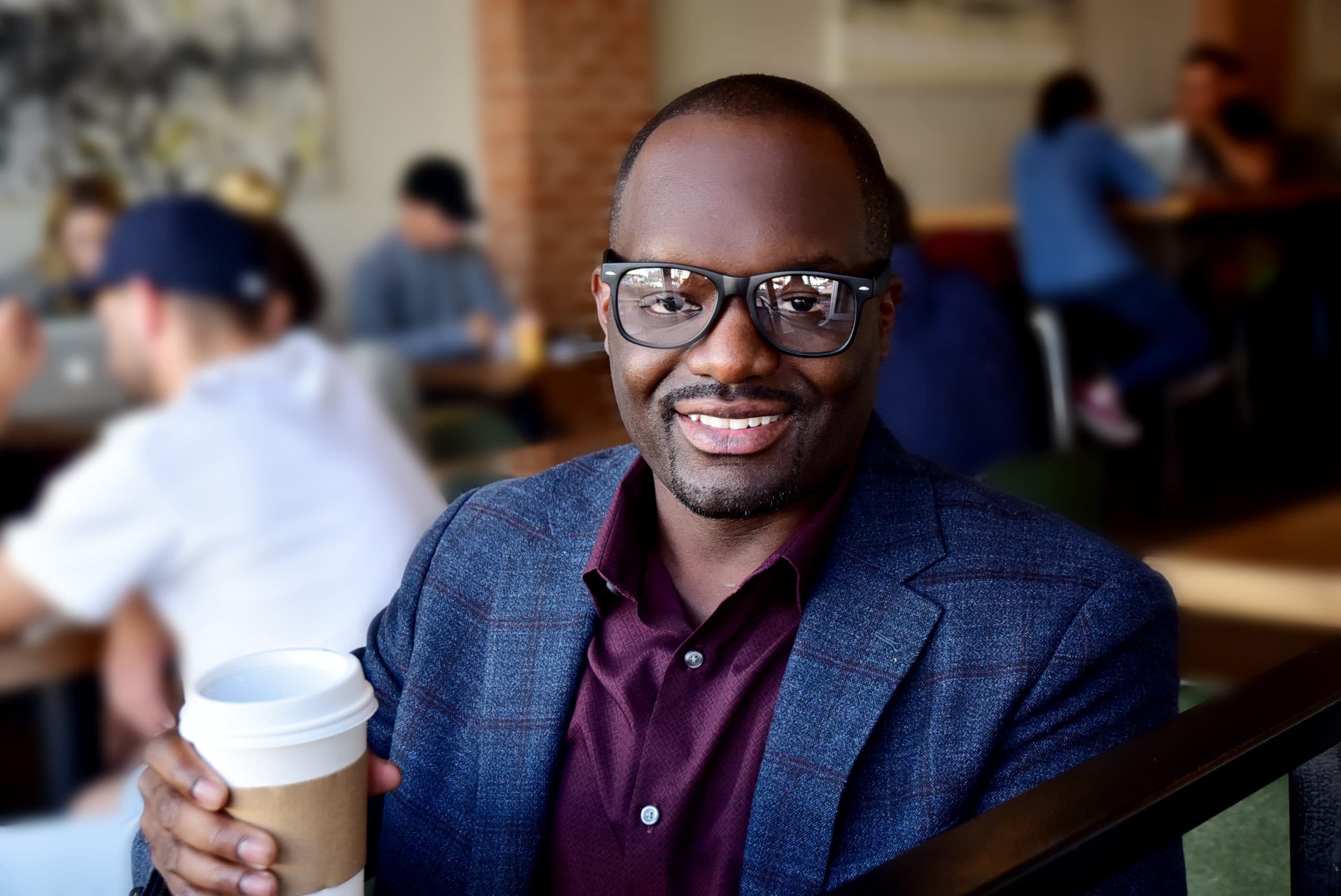
Teach the Geek to Speak’s Neil Thompson discusses improving presentations this week. We cover: What are engineers’ biggest public speaking challenges? How should presenters prepare? What’s the difference between non-technical and technical audiences? Does the rise of WFH affect how to do presentations over Zoom vs. face-to-face best? And more!
[https://youtu.be/h_YDhnmU-6w](https://youtu.be/h_YDhnmU-6w "Play video "Improve Your Presentations with Neil Thompson from Teach the Geek to Speak"")
Video can’t be loaded because JavaScript is disabled: Improve Your Presentations with Neil Thompson from Teach the Geek to Speak (https://youtu.be/h_YDhnmU-6w)
Watch on YouTube
Transcript
[00:00] Vidal: Good afternoon today. I have with me, Neil Thompson. Uh, Neil, welcome to ManagerClub!
[00:00:06] Neil: Thanks for having me.
Table of Contents
Toggle
- Tell us a bit about yourself and how did you get into teaching about public speaking?
- How would you define a great public speaker?
- What are the most common difficulties engineers have from doing well at public speaking?
- How should people best prepare to give a presentation?
- What is the difference between giving a presentation to a non-technical audience versus a technical audience?
- Now that so many people are WFH, does it change how you do public speaking over Zoom, for example, instead of a live face-to-face audience?
- Do you have any tips regarding visuals, slide decks, etc.?
- What is the best way to get feedback after a talk?
- Any tips on how to handle Q&A? Is it better to save all questions to the end or take them as you go?
- Are there any tools, books, or resources you would recommend to people to improve their public speaking? For example, I know that many people recommend toastmasters for this…
- Any advice for people for who English is not their first language?
- Where can we go to learn more about you and your course?
- Resources
Tell us a bit about yourself and how did you get into teaching about public speaking?
[00:00:08] Vidal: Neil. Um, tell us a little bit about yourself and how you got into teaching public speaking. For those who don’t know, Neil runs a program where he teaches people how to speak.
[00:00:21] Neil: Well, it started from my own struggles having to give presentations in front of management.
It was my second job. I was working as a product development engineer in the medical device industry. And every month I had to give presentations in front of senior management on project progress. When I first took the job, I had no idea that was going to be one of the responsibilities because when I took the job, I was told I was just going to be a product development engineer.
But a few months into the job, I was told I was going to be a project lead. So what’s a project lead? The company that’s too cheap to hire project managers. So they put that responsibility on the product development engineers. One of those responsibilities was talking to these senior managers types: CEO, CTO, CMO, C fill in the blank O.
Oh, every month. And I, those first few presentations were absolutely horrendous. I can admit, I didn’t know. It was possible to sweat that profusely from one’s body there I was doing it multiple times. And I noticed that a lot of the other engineers when I sat in on their presentations, they weren’t all that much better at it than I was.
And I think a big issue that many of us have is we have all this technical expertise, but we’re not the best at putting it in such a way that non-technical people can understand and it’s in our best interest so these people that understand, because a lot of, you know, a lot of cases, they may be decision-makers.
So if you’re an engineer and you want to get a, an idea off the ground, you’re gonna have to convince somebody and your, if you’re not good at speaking to them in a way that they can understand, then the answer will likely be no. So I definitely saw the benefit eventually of improving my public speaking skills.
And essentially I did that. And then I built out a course, an online course called Teach The Geek To Speak. And I built it for people like myself, people that work in the STEM fields, typically engineers and scientists who have all this technical expertise, but have to talk to non technical people and just, what can we do to get better at it?
So that’s where it all started.
[00:02:13] Vidal: That’s a great story. Uh, I love it. How would you define, a great public speaker or even a successful public speaker?
How would you define a great public speaker?
[02:22] Neil: Somebody who’s speaking to an audience that, and they know what to, to give them. One of the, I think the first rule of public speaking, if there are any rules at all is to know your audience.
When I first started giving presentations, I knew that I was speaking in front of the CTO and the CEO, but I wasn’t really taking their wants and needs into concern when I was putting my presentations together. Essentially, I was just slapping some slides together and getting up there and reading them and trying to get out of there as quickly as possible.
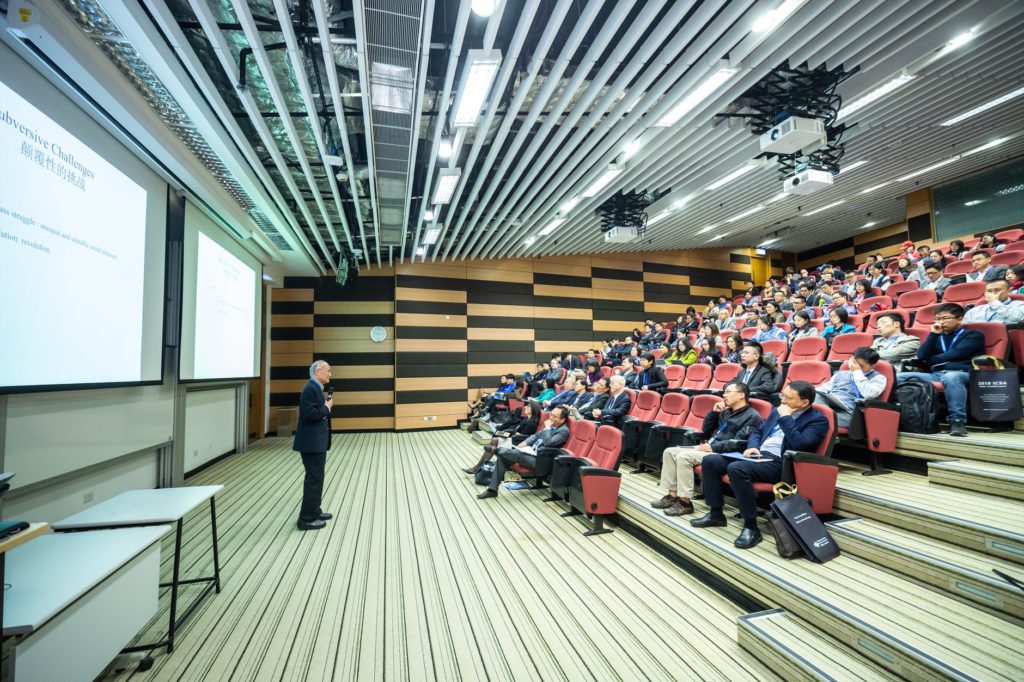
Photo by ICSA on Pexels.com
But I never got out of there as quickly as possible because they often would have questions afterwards that I thought I had answered during the presentation, but because I didn’t put it in such a way that they can understand it. Now I’m getting these questions. I was already sweating during the presentation. Now I’m sweating during the Q and A even more.
It was just, uh, it was a waste of time for everybody involved myself, the audience. And, and so I think that’s the hallmark of, of someone who is effective at public speaking, essentially knowing your audience. Okay.
[00:03:21] Vidal: I think that’s really great. And I totally get the frustration you’re talking about. You know, someone asks you a question you’re like, did I cover that?
Right. Were they not listening, or they just didn’t get how I presented it?
What are the most common difficulties engineers have from doing well at public speaking?
What are some of the most common difficulties or challenges you find that engineers have that prevent them from doing well at public speaking?
[03:43] Neil: Well, I think it starts off with just thinking that because you’re an engineer, you’re not going to be all that great at it.
I, at least for myself, when I was in engineering school, speaking in front of others, wasn’t something that was spoken about all that much. It wasn’t until I worked my second job, not even my first job, but it was the second one where I had to give these presentations that I finally see the benefit of getting better at it.
So there’s that, there’s also the fact that there’s a lot of jargon, technical jargon that perhaps when you speak to other engineers they’ll understand but when you speak to a non-technical audience, they will not. I mean, it’s interesting because I’ve been in that situation myself, but in a different field.
So I will, I wanted to know more about marketing. So I went to this talk and it was about marketing, but they’re using a whole bunch of jargon that I didn’t understand about upstream and downstream marketing. I still get them mixed up, but it seemed like the people that were surrounding me and other people in the audience, no one asks you to ask a question.
So I was a bit hesitant to ask myself because I was worried about looking foolish. And oftentimes I think that might be the case when engineers give presentations as well. We’re kind of seen as these, these subject matter experts. And if you’re the audience, you don’t want to seem foolish in front of one of these engineers.
So they may very well be using terms that you don’t understand, but you won’t say anything out of that fear. And I think that’s a big issue that the people in the audience may have on an issue that engineers should really look into when they’re presenting, especially in front of a non-technical audience.
[05:11] Vidal: I think that’s really a great point.
So it kind of one is like the limiting belief, right. That I’m not good at it, so you’re not going to be good at it. You mentioned knowing your audience okay which is really a great point.
Uh, how should somebody best prepare to give a presentation?
How should people best prepare to give a presentation?
[05:29] Neil: Well, if you’re giving one and in your office, in front of people that you’ll see.
Again I firmly believe in asking beforehand. So I, in my instance, I had to give presentations in front of senior management. It’s difficult to get any time with them. They’re busy people. So I would go to their administrative assistants. So I’d go to the the admin of the CTO. And I say, I have to give this presentation on, on project progress next month, or however long the presentation is.
And I would ask this person, what would I need to have in this presentation for the CTO to pay attention? And because that person is essentially their right hand at the company, they’ll tell you. And so once they do just make sure you have that information in the presentation.

Photo by fauxels on Pexels.com
[00:06:13] Vidal: That’s a really interesting question you ask them. So how, what do I have to say? Or how do I have to say it so that they’ll pay attention? That’s really interesting.
What is the difference between giving a presentation to a non-technical audience versus a technical audience?
You know, we talked a little about non-technical audiences and technical audiences. Do you see a difference? What would be the difference between giving a presentation to a non-technical audience versus a technical audience? Do you see any difference?
[06:39] Neil: Well, I think it all comes down to just level of expertise. If you’re an engineer and be giving a presentation to other engineers, perhaps even within your own field, you probably could get away with using that technical jargon because they’ll understand. But if you’re talking to a non-technical audience, I think it’s fair to assume that they may not understand that technical jargon at all.
So it would be best to use more common words or even analogies that can be compared to what the technical jargon is. So for instance, when I had to give presentations, I worked in medical devices more specifically, spinal implants, more specifically orthobiologics, essentially human cadaver bone can be used to make implants.
And I worked on that group that designed those implants. Bone is made out of a number of cells one of which is osteoblasts. Now, if you were to talk to us a non-technical person to CTO, CIO, or CEO CMO, they may not know what an osteoblast is. Well, essentially an osteoclast, an osteoblast is a bone-forming cell.
So if I were to say near the beginning of the presentation, if I ever mentioned osteoblasts, but said it was a bone-forming cell, well now let’s see CMO the CEO they have a better idea as to what an osteoblast is. And I don’t have to keep saying osteoblast, osteoblast, osteoblast throughout the whole presentation and having them not even know what I’m talking about.
And then have them ask me at the end of the presentation, and then I’m thinking, I used that word multiple times. They didn’t know what I was talking about that entire time. And now they’re asking me, so I’m a big fan of just using more commonly known words to get your point across, especially when talking to non-technical audiences.
[00:08:15] Vidal: That’s really interesting. So would you even maybe like to define these terms ahead of time? Like here’s some terms I’m going to use and here’s what they mean?
[00:08:23] Neil: Yeah, I’ve done that multiple times. It’s been very helpful to the audience.
[00:08:28] Vidal: Okay. That’s great. Neil, I’m going to ask you now, so many people are working from home.
How does it, how does having to give presentations say over Zoom, you know, speaking over Zoom, change or does it change how you give a presentation where maybe before you were all like face to face in a conference room?
Now that so many people are WFH, does it change how you do public speaking over Zoom, for example, instead of a live face-to-face audience?
[08:48] Neil: Well, at least when you’re face-to-face you can tell when people aren’t paying attention because you actually see it.
When you’re doing a zoom call or a zoom presentation, people may have their cameras off and you can’t see them at all. But when it’s on, when you’re in face-to-face you can see whether they’re staring into space, you can see whether they’re falling asleep. You see whether they’re looking at their phones, you can see all of that.

Photo by Anna Shvets on Pexels.com
But when Zooming, you may not be able to see any of that. So it’s very, it’s much more difficult to notice engagement with, with online presentations. So a way that I often use to try to keep that engagement up is to use the chat feature? Ask questions? Yes or no questions typically, because there it’s easy to put in a Y or an N.
So, so you don’t want people to have to think too hard about, the answers, but if you use yes or no questions that help to keep that engagement up, just kept people there. Just keep, uh, help people with, paying attention to your presentation.
[00:09:44] Vidal: Oh, you know, that’s such an interesting idea. So I had been at some presentations where people would do like these polls, you know, in the middle of the talk.
So you think that’s a good way to kind of like, I don’t know, make sure people are engaged, doing things like that?
[00:09:58] Neil: Absolutely. So polls, yes or no questions, or something that. I don’t want to say force people to pay attention. Cause you don’t really want to force him forced anything, but it’d be more likely that they’ll pay attention to as opposed to walking off and not listening to the presentation at all, because when your camera’s off you very well can do that.
[00:10:17] Vidal: Yeah. That’s a good point. I think it’s much harder to read the room, too like when you have any kind of meeting over Zoom.
Do you have any tips regarding visuals, slide decks, etc.?
Neil, do you have any tips or advice on visuals, slide decks, you know, any of that, um, material?
[10:32] Neil: Yeah, absolutely. So when it comes to slides, I’m a big fan of trying to minimize the number of words, because what happens is people read the slides and it’s very difficult to read and listen at the same time.
And ultimately you’re engaged in public speaking, not public reading.
And ultimately you’re engaged in public speaking, not public reading. You want the people to actually be listening to what you have to say. So when you eliminate or when you minimize the number of words on the slide you eliminate that option for them to read the slide. So now they either have to listen or ignore you.
Now you’ve basically improved your odds of them listening from one to three to one to two, and those are better odds.
[00:11:07] Vidal: Okay. Yeah. I’ve even read some stuff where people said, I don’t put like any words on the slides, just like pictures and stuff.
Do you have any tips? On how to best handle Q and A like for example, is it better to save the questions for the end?
You know, hold your hands at the end or just take them as you go through a presentation?
[11:27] Neil: I’m a big fan of the former. So how will the questions off until the end. And the reason for that is in the event that you have a time allotment for your presentation. Let’s just say you have 15 minutes. If you’re answering questions during the presentation, you may not get to all the information.
But if you practice your presentation so that you finish, let’s say at 14 minutes. So now you have that one minute buffer in the event that you add on anything that you didn’t practice beforehand, and then you can get to the questions, at least in that instance, you make sure you get through all the information that you wanted to present.
What is the best way to get feedback after a talk?
[00:12:22] Neil: I’m a big fan of asking. So especially if you’re at a company again, you’re going to see these people in the audience again. I would within 24 hours. So you want to do it while the presentation is still fresh in their mind, going up to them and asking, but you have to be, you have to be willing to hear the, the, the cons though.
[12:02] Vidal: I think that’s a great point. Yeah, cause sometimes people ask a lot of questions and then the speaker doesn’t even make it through the presentation and that’s terrible. When a presentation is over. Cause I know you talk about like, you know, before the presentation, during and after, but after precision is over, what’s the best way to get feedback?
Any tips on how to handle Q&A? Is it better to save all questions to the end or take them as you go?
[] Neil: Oftentimes people are real interested in hearing what people liked about the presentation, but they get very defensive when they hear all the areas of improvement. So I suppose you have to have a thick skin, but I don’t also another point when it comes to feedback is just because someone has feedback for you doesn’t mean you have to implement it. I was a member of Toastmasters for a number of years. And in Toastmasters for those of you all don’t know, it’s an international organization. They have chapters all over the world and it’s a great forum to practice your public speaking. One part of Toastmasters is prepared speeches.

Photo by RODNAE Productions on Pexels.com
So for however many minutes, you were asked to give a presentation, and afterward is what’s called the evaluation. So you have an evaluator that essentially gives you feedback on your speech, but then other people in the Toastmasters group can also give you feedback as well. Initially, it was an issue that you may come across if getting conflicting feedback, perhaps your evaluator says you need your improve your eye contact.
But then other people in the group said, I really liked your eye contact. Now, what do you do? You’re faced with a decision. I’m big on using your own filter to determine which feedback you take in. If you actually think that your eye contact is optimal.
So you agree with some, some of the people that were in the audience and not with the evaluator. I wouldn’t, I would say, go with that as opposed to, well, do you have evaluated? It says I need to improve my eye contact. So, I guess I have to improve my eye contact.
[00:14:07] Vidal: I’m so glad you mentioned Toastmasters. I was a member of Toastmasters for, for a long time.
Are there any tools, books, or resources you would recommend to people to improve their public speaking? For example, I know that many people recommend toastmasters for this…
So on that topic, you know, are there any tools, books, or resources you might recommend to people to improve their public speaking? Because for example, Toastmasters is something that a lot of people will recommend, but besides that what else?
[14:30] Neil: Well, Toastmasters is great. You don’t get better at public speaking without doing it.
So you certainly can read all the books, listen to all the podcasts, you know, just scour the internet all you want, but if you really want to get better at public speaking, the only real way to do it is to actually go out and do it. But if I were to recommend a book. I don’t, I don’t mean to toot my own horn.
I recommend mine. It’s called Teach to Geek to Speak. Yeah, I wrote a book, essentially it is based around the course Teach the Geek to Speak and I wrote it for engineers and scientists. I made sure that it was short. That was really important to me. I go to Amazon every now and then, and I look at one and two-star reviews of personal development books, professional development books, and just business books.
I’m never that keen on looking at the four and five-star reviews one and two. So one of the biggest issues I think people have with books, or I know since I’ve looked at these reviews is that they’re unnecessarily long and I’ve actually looked into it. Apparently, books have actually increased in size over the years.
So this is not just me think me thinking this. This is that it’s an actual fact. And then another thing they say about these books is that not only have they got along, but they also have a lot of fluff in them. They’re repetitious. There’s just a whole lot that doesn’t need to be in the book.
This book could have been a blog post. This book could have been an article. As oftentimes a lot of people say, so I really wanted to make sure that any book that I put together was one that didn’t have a whole lot of fluff in it. And it just included all of the things that I thought were important to get better, or at least more effective at public speaking.
[00:16:04] Vidal: A, that’s a great tip. You know, like when you go to Amazon yet, so tempting to read, like the four or five-star reviews, like why this thing is awesome, but you look at the one and two-star to see what they could have done better right? That’s really interesting.
Any advice for people for who English is not their first language?
Neil in engineering, you know, there’s a lot of people I work with where English is not their first language. They’ve come to this country and yet they have to give presentations in English to an English-speaking audience. Do you have any advice for people in that situation?
[16:37] Neil: Well, if you want to get better at it, it’s even more important to find any opportunities you can to practice, whether that’s with your own team, what it was like myself, we had to give presentations in front of management.
People would tend, especially in that instance where they know that English isn’t your first language. They’ll give you a bit more grace, I think, than someone who’s been speaking English their entire life. And another thing that I want to say about people whose first language is not English, because in many instances they may have an accent it’s even more important to speak more slowly so people can understand what you’re saying.
Where can we go to learn more about you and your course?
[17:11] Vidal: Alright. I think that’s great advice. Neil, you’ve been really generous with your time. It’s been great to hear from you, on public speaking. Where can people go if they want to learn, you know, reach out to you or learn more about public speaking?
[00:17:29] Neil: Well, they can go to teachthegeek.com. I also have a YouTube channel and podcasts.
So if you like visuals go to the YouTube channel, if you prefer just audio, go to the podcast. I interviewed people like myself, people who have stem backgrounds and who also saw the benefit of getting better at public speaking. I’m really interested to learn more about what they did to get better at it.
Do they have a process for putting their speeches together? How do they deal with nerves? Those types of questions? At least that’s why I started the podcast, but what’s been really interesting has been learning the career journeys of some of these people and one that sticks out. It’ll probably stick out for quite some time.
The woman had a degree in civil engineering but never worked as an engineer. She went to law school, worked as a lawyer for a number of years. Left that to be a stay-at-home mom for 10 years. And now she works as a personal stylist, not exactly the typical career journey, but it’s so interesting. It gets to the point where just because you start somewhere, it doesn’t mean that’s where you have to end up we’re all the captains of our own premiere ships, and we can take them wherever we want.
[00:18:36] Vidal: Alright. So I’ll include links to those in the show notes. Thanks again so much, Neil. It was great to talk with you.
[00:18:44] Neil: Thanks for having me again.
#publicspeaking
Resources
- Neil’s website: teachthegeek.com
- Neil’s YouTube channel: youtube.teachthegeek.com
- Neil’s Podcast: anchor.fm/teachthegeek
- Neil’s book: https://amzn.to/3MigUps
- Neil’s course online course Teach the Geek to Speak
